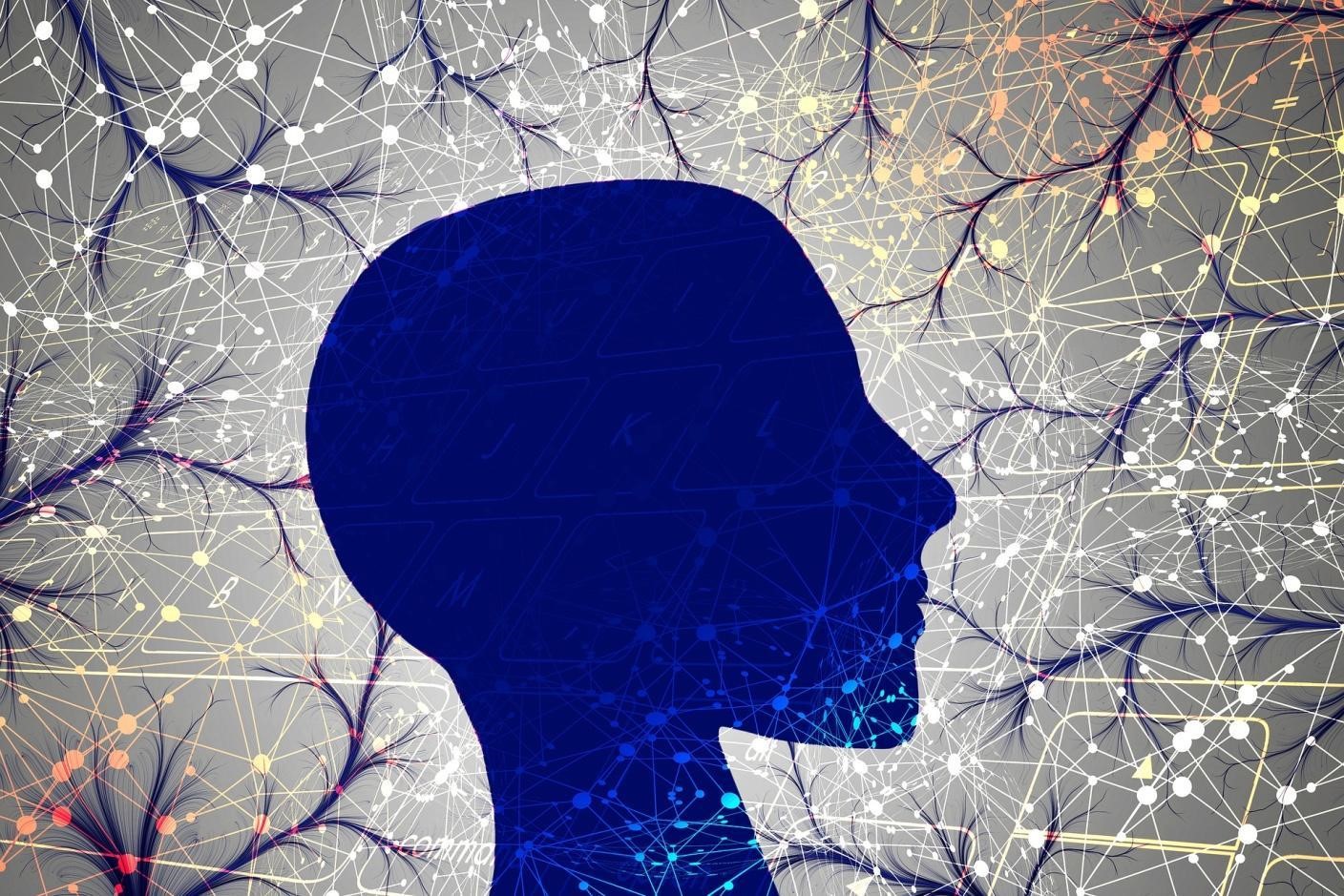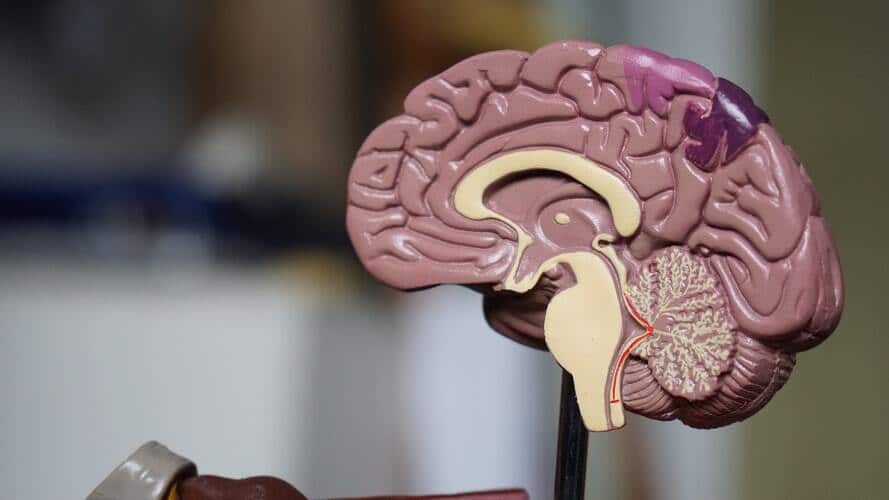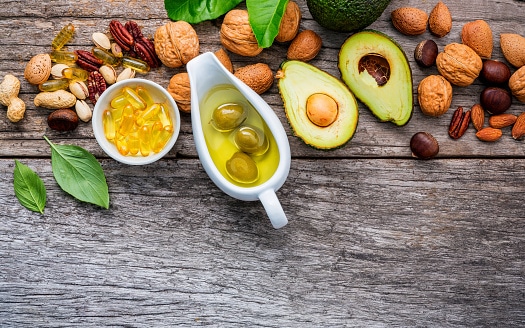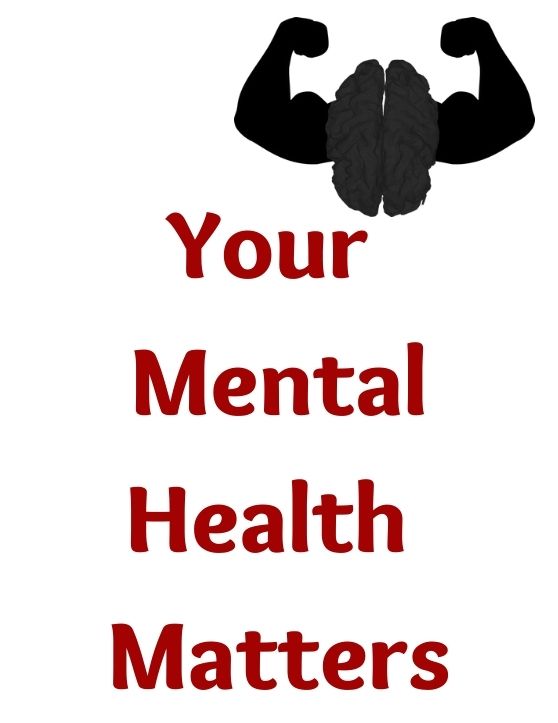Feel Amazing: 20 Ways To Stimulate Your Vagus Nerve For Homeostasis
What is Vagus Nerve?
The Vagus nerve refers to a set of cranial nerves. There are 12 cranial nerves and help to connect the brain with other organs of the body such as the heart and gut. The cranial nerves are classified using Roman numerals (I-XII). The vagus nerve is labeled by the numeral X, no. 10.

They usually come in pairs and emerge from the left and right side of the medulla oblongata in the brain stem. The word vagus is derived from the Latin ‘vagary’ which means wandering. Not surprisingly it is also called the wandering nerve as they form the longest set of cranial nerves. The vagus nerve compared to all other cranial nerves in the body is endowed with a unique and peculiar set of properties. The vagus nerve has both sensory and motor functions unlike other cranial nerves that have either sensory or motor functions.
The vagus nerve sensory functions have two components: Somatic components and visceral components. The somatic components provide information about sensations on the skin or muscles.

Vagus nerve carries this sensory information for the skin behind the ear, ear canal and parts of the throat. The visceral components transmit sensory information inside the internal organs of the body. This includes information for the organs such as the larynx, esophagus, lungs, trachea, heart and most of the digestive system.
The motor functions of the vagus nerve are responsible for stimulating muscles in the pharynx, larynx and the soft palate of the mouth. It also stimulates the heart muscles which help to lower the heart rate. The vagus nerve motor functions initiate involuntary contractions of the esophagus, stomach and the intestines necessary for metabolism.
Why vagus nerve stimulation?
The vagus nerve interfaces with the parasympathetic nervous system that modulates breathing, heart rate and digestion.
This parasympathetic ‘rest and digest’ action of the nervous system that the vagus nerve exerts is referred to as vagal tone. A higher vagal tone is correlated with the ability of the body to recuperate and relax even under stressful and hostile circumstances.
In other words, the increase in vagal tone accrues to a greater bodily and cognitive well being. Vagal tone can be measured by inferring the heart rate, breathing rate and heart rate variability (HRV). For instance, a high HRV is an indication of a higher vagal tone. Decreased HRV is a result of poor vagal tone and can lead to early mortality.

A low vagal tone is associated with a range of neurological – digestive disorders. Vagus nerve stimulation is thus sought for the treatment of diseases such as bipolar disorder, Alzheimer’s disease, obesity, inflammatory bowel disease, rheumatoid arthritis and headaches.
Vagus nerve stimulation is also used to reduce the frequency of seizures in people with epilepsy. Studies have shown that people with epilepsy have impaired vagal parasympathetic tone. Vagus nerve stimulation is also used for the treatment of depression. In this context, the Food and Drug Administration (FDA) has approved vagus nerve stimulation for the treatment of both epilepsy and depression in people who haven’t responded to medications intended for reducing frequency of seizures and antidepressants. Read on to learn more about ways to stimulate the vagus nerve.
20 ways to stimulate your vagus nerve
- Pulse generator transplant
Electrical stimulation of the vagus nerve using an implanted device is the most popular and established means of stimulating the vagus nerve. The device is surgically implanted inside the chest where a lead wire runs from the device.
The device acts as a stimulator that transmits electrical signals to the vagus nerve. Left vagus nerve stimulation has been approved for the treatment of epilepsy and treatment resistant depression. Right vagus nerve stimulation has been found effective for treating heart failure in clinical trials and studies.
Surgery to implant the vagus nerve stimulation device usually takes about an hour to an hour and half. The surgery may involve the use of local anesthesia or in some cases general anesthesia. The device which generates pulses for stimulating the vagus nerve and transplanted on the chest can be removed if necessary. The stimulation from the pulse generator device is programmed in fixed intervals and closely monitored by the physician from there on.
Besides this invasive method of stimulating the vagus nerve there are other non-invasive means for stimulating the vagus nerve.
- Yoga
Practicing yoga can stimulate the vagus nerve. In doing so the practice of yoga stimulates the muscle lining inside the gut which eases the movement of food through the digestive tract and aids digestion.
- Breathing Exercise
Exercise involving taking deep breaths is one of the most potent ways to stimulate the vagus nerve. It involves exhaling twice as long as inhaling. Inhale for two counts and hold for another count, then exhale for four counts and hold for one count. Repeating and practicing this breathing exercise on a daily basis through the parasympathetic action of the vagus nerve can induce a feeling of calmness and relaxation.

- Singing
Singing is known to relieve stress. The act of singing activates the vagus nerve that propels us from the sympathetic nervous system involving fight and flight to the parasympathetic nervous characterised by rest and digestion.
- Acupuncture
The age old science of acupuncture can also activate the vagus nerve. Since there are hundreds of acupuncture points in the body it is wise to take the special advice of an acupuncture professional before trying out by yourself.
- Laughing
Recent studies seem to corroborate the aphorism that ‘laughter is the best medicine’. Laughter is also said to bring about an increase in HRV (heart rate variability). A higher HRV offers relaxation and respite from stress.
- Plant based diet
A plant based diet helps in regulating a heartier life. Animal based products such as eggs and meat risk our hearts from the accumulation of inflammatory compounds like TMAO (trimethylamine N-oxide). Animal based products have in them a nutrient called choline which is consumed by bacteria in the gut. They produce a substance called TMA (trimethylamine). Our liver takes the TMA and converts it into TMAO. The buildup of TMAO can interfere with the proper functioning of the vagus nerve
- Sugar free diet
Excess of sugar in our diet can lead to inflammation of the gut and hence disrupt a healthy communication between the gut and the brain which the vagus nerve links.
- Sleeping on the right side
Sleeping on the right is said to stimulate the vagus nerve. In one study of subjects with coronary artery disease, the coronary arteries of the patients displayed the highest parasympathetic tone following 5 minutes of lying down on the right side. Parasympathetic functions were the lowest when sleeping in a face up straight flat posture.
- Fibre rich food
Adopting a fibre rich diet like wholegrain cereals, whole-wheat based food, broccoli, peas, beans and fruits aids in keeping a regular bowel. A regular bowel is an indication of a healthy digestive system free from the threats of diarrhea and constipation. The dangers of inflammation and bacterial infestations caused by them can hinder the necessary communication between the gut and the brain.

- Gargling
The muscles we use for gargling our mouth are connected to the vagus nerve. Gargling can activate these muscles and in the process possibly stimulate the vagus nerve.
- Cold Exposure
Exposure to cold suppresses our sympathetic fight and flight nervous system and activates our parasympathetic rest and digest nervous system. The vagus nerve as we know is connected and interacts with the parasympathetic rest and digest nervous system. Cold temperature exposure can hence enhance the stimulation of the vagus nerve.
- Pulsed Electromagnetic Field(PEMF) therapy
PEMF therapy is a non-invasive natural way to heal pain and inflammation in the body. PEMF devices include body mats, pulse pads and wearable bands. PEMF devices create electromagnetic signals that complement the electromagnetic particles naturally generated in our body. PEMF therapy influences changes to the body in this way. Similarly, PEMF therapy can help stimulate the vagus nerve and promote a feeling of calmness and relaxation by checking on the sympathetic fight and flight nervous system.
- Lion’s mane mushroom
The lion’s mane also known as yamabushitake in Japanese grows in woodlands all over the world. Lion’s mane is beneficial for repairing and protecting the gut lining which ensures a healthy gut. This supports and stimulates the nerve growth in the body which includes the vagus nerve.
- Beetroot and Omega 3
Studies have shown that beetroot juice and omega 3 rich foods such as fish oil and walnuts not only reduces blood pressure and oxygen demands of the heart but also increases HRV. An increase in HRV is associated with a higher parasympathetic vagus nerve activity.
- Probiotics
Probiotics help in maintaining a healthy gut. They support a healthy gut microbiota i.e. the collective of good bacteria in our guts. Probiotics such as B.longum and L.rhamnosus are being extensively studied for their role in stimulating the vagus nerve. In one animal study, mice supplemented with L.rhamnosus responded with an enhanced GABA activity. Evidence is also emerging that B.longum activates the vagus nerve that helps to reduce stress and anxiety.
- Fasting
Intermittent fasting can increase and improve HRV. Fasting may also slow down the rate of metabolism and thereby promote vagus nerve activity. In this way the vagus nerve is activated and mediates the reduction of metabolism brought about by fasting. According to an animal study on rodents, the vagus nerve detects the decline in glucose levels in the blood and a decrease of chemical and mechanical stimuli in the gut. This led to increased vagus nerve impulses from the gut to the brain.
- Meditation
Research validates that meditation increases vagal tone and fosters positive thoughts, feelings and emotions. Meditation can help relax our sympathetic ‘fight and flight’ nervous system and increase vagal nerve activity in the body.

- Massage
Massaging can stimulate the vagus nerve and promote increased vagal activity. Foot massages can help stimulate the vagus nerve and increase heart rate variability while lowering blood pressure. Similarly massaging the carotid sinus located on the right side of the throat can stimulate the vagus nerve. Massaging the carotid sinus may help in reducing seizures. However, it is important to consult a professional massage therapist before proceeding to stimulate the vagus nerve
- Social Connection
Connectedness to others showed an overall increase in positive emotions like joy, calmness, amusement, loving-kindness. This in turn led to an increase in vagal tone and greater heart rate variability mediated by increased perceptions of social connectedness.
The Takeaway
The vagus nerve plays an important role in the maintenance of homeostasis and well being in the body. An active vagal nerve is vital for ensuring optimal health. There are invasive and non-invasive means to stimulate the vagus nerve. Each has their own advantages and disadvantages.
Implanted vagus nerve stimulation methods pose risks such as temporary vocal cord paralysis, difficulty swallowing, insomnia, etc. Similarly, the effectiveness of some of the non-invasive vagus nerve stimulation techniques discussed above has not all been validated by preclinical studies and clinical trials. It is best to get the approval and advice of your healthcare professional before trying out the methods mentioned here for stimulating the vagus nerve.








